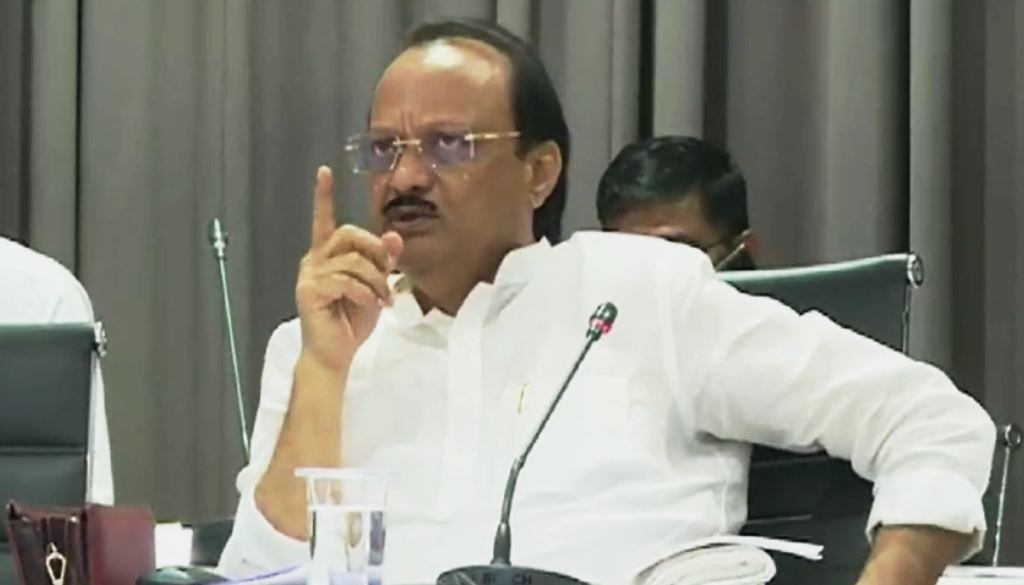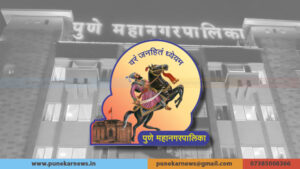Pune: Will Seven Villages Finally Join PCMC? Maharashtra Deputy CM Ajit Pawar Signals Intent To Push For PCMC Expansion

Varad Bhatkhande
Pimpri Chinchwad, 12th February 2024: After a hiatus of nine years, the debate over the inclusion of seven surrounding villages into the Pimpri Chinchwad Municipal Corporation (PCMC) has been reignited. The decision, long overdue since the resolution passed in 2015, has garnered attention once again as Maharashtra Deputy Chief Minister and Pune District Guardian Minister, Ajit Pawar, has recently signaled his intent to push for the incorporation of these villages. A formal announcement regarding this matter is anticipated imminently.
Pimpri-Chinchwad, widely recognized as an industrial hub, has been steadily evolving into a Smart City. With a burgeoning population currently hovering around 30 lakhs, the necessity to expand the municipal boundaries to accommodate urbanization pressures becomes increasingly apparent. The proposal to integrate seven neighbouring villages into PCMC aims to address this imperative.
Established on 4th March 1970, the PCMC initially comprised areas from four Gram Panchayats: Pimpri, Chinchwad, Akurdi, and Bhosari. In a brief span, PCMC gained renown as the wealthiest municipality in Asia, attributed to substantial tax revenues from major enterprises. During this period, PCMC encompassed nine villages: Pimpri, Chinchwad, Akurdi, Bhosari, Pimple Saudagar, Pimple Gurav, Sangvi, Pimple Nilakh, and Wakad.
The municipal jurisdiction witnessed expansion in 1997 to accommodate the burgeoning population and industrial growth, incorporating additional villages such as Talawade, Chikhali, Moshi, Dudulgaon, Chovisawadi, Wadmukhwadi, Charholi Budruk, Dighi, Bopkhel, Dapodi, Mamurdi, Kiwale, Ravet, Punawale etc. among others. Further augmentation occurred in 2009 with the inclusion of Tathawade village. Notably, these expansions facilitated the integration of areas witnessing rapid urbanization and economic development, bolstering PCMC’s revenue streams.
The proposed inclusion of seven villages, including Gahunje, Jambe, Marunji, Maan, Nere, and Sangavade, among others, underscores the evolving urban landscape and the pressing need for expanded governance. Notably, these areas host renowned IT companies, an international cricket stadium in Gahunje, and burgeoning urban settlements. Consequently, the existing Gram Panchayats face mounting pressure in delivering requisite services and infrastructure to the burgeoning population.
The incorporation of new territories into municipal boundaries offers numerous benefits, including enhanced infrastructure, access to urban amenities, and improved governance structures. However, it also presents challenges such as loss of local autonomy, increased taxation, and cultural shifts. The decision-makers must meticulously weigh these pros and cons, ensuring that the transition is seamless and inclusive, while addressing the unique needs and aspirations of the affected communities. Sustainable development hinges on a judicious balance between fostering urban growth and preserving rural identity and cohesion.








